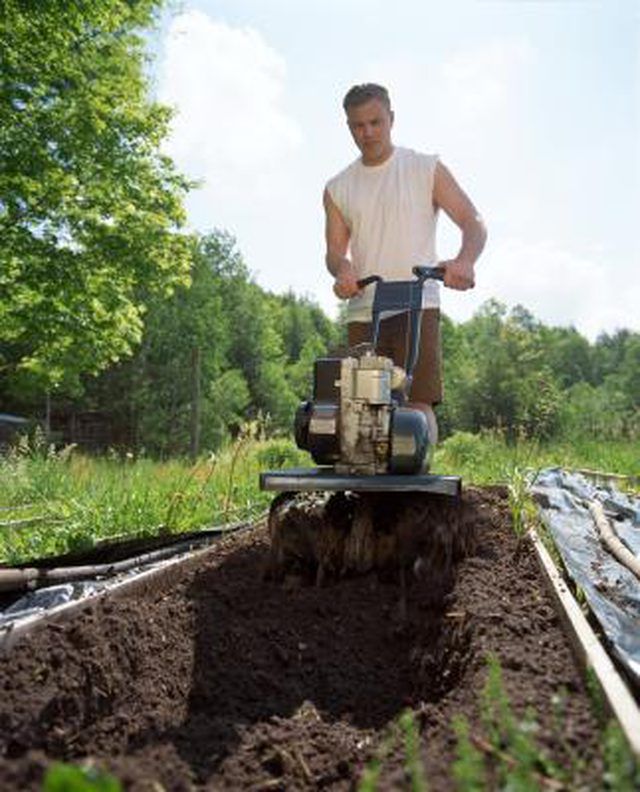Bulbs
Flower Basics
Flower Beds & Specialty Gardens
Flower Garden
Garden Furniture
Garden Gnomes
Garden Seeds
Garden Sheds
Garden Statues
Garden Tools & Supplies
Gardening Basics
Green & Organic
Groundcovers & Vines
Growing Annuals
Growing Basil
Growing Beans
Growing Berries
Growing Blueberries
Growing Cactus
Growing Corn
Growing Cotton
Growing Edibles
Growing Flowers
Growing Garlic
Growing Grapes
Growing Grass
Growing Herbs
Growing Jasmine
Growing Mint
Growing Mushrooms
Orchids
Growing Peanuts
Growing Perennials
Growing Plants
Growing Rosemary
Growing Roses
Growing Strawberries
Growing Sunflowers
Growing Thyme
Growing Tomatoes
Growing Tulips
Growing Vegetables
Herb Basics
Herb Garden
Indoor Growing
Landscaping Basics
Landscaping Patios
Landscaping Plants
Landscaping Shrubs
Landscaping Trees
Landscaping Walks & Pathways
Lawn Basics
Lawn Maintenance
Lawn Mowers
Lawn Ornaments
Lawn Planting
Lawn Tools
Outdoor Growing
Overall Landscape Planning
Pests, Weeds & Problems
Plant Basics
Rock Garden
Rose Garden
Shrubs
Soil
Specialty Gardens
Trees
Vegetable Garden
Yard Maintenance
How to Add Phosphorus to Soil
How to Add Phosphorus to Soil. The middle number in a fertilizer, for example 15-20-15, represents the amount of phosphorus. Plants need phosphorus to stimulate root growth and to set flowers and fruits. Phosphorus deficiencies can occur in agricultural fields that are heavily farmed and are not as common in home gardens and urban...

The middle number in a fertilizer, for example 15-20-15, represents the amount of phosphorus. Plants need phosphorus to stimulate root growth and to set flowers and fruits.? Phosphorus deficiencies can occur in agricultural fields that are heavily farmed and are not as common in home gardens and urban landscapes.
Things You'll Need
Bone meal, animal manure or rock phosphate
Rototiller or garden fork
Send a sample of your soil to be tested by your county extension office before adding phosphorus, as too much phosphorus is worse than a deficiency. Follow the lab recommendations on how to improve your soil, including products and amounts.
Work a recommended product containing phosphorus -- which can be a fertilizer or organic material such as manure or bone meal -- into the soil as you till the garden in the spring or fall. Alternatively at other times of year, apply the recommended amount of product on top of the soil and work the product into the soil by hand, using a garden fork. Turn the topsoil under as you go.
Broadcast products designed to be scattered on top of the soil for ease of use. These don't have to be worked in. If you choose this method, find a time when rain is not expected to decrease the chance of runoff.
Tips & Warnings
Phosphorus is not very water soluble and takes time to break down enough for plants to use. Products containing rock phosphate take even longer, sometimes two to three years.
An overabundance of phosphorus can cause yellowing of leaves. Many gardeners incorrectly assume this yellowing is a nitrogen deficiency and add a large dose of all-purpose fertilizer, which adds even more phosphorus.? Too much phosphorus harms beneficial fungi, leading to plant distress.
Excess phosphorus can leech into groundwater, causing an upset in the balance of algae and bacteria. Certain towns and states regulate and in some cases ban the use of phosphorus in laundry detergent and lawn fertilizers due to problems from runoff.